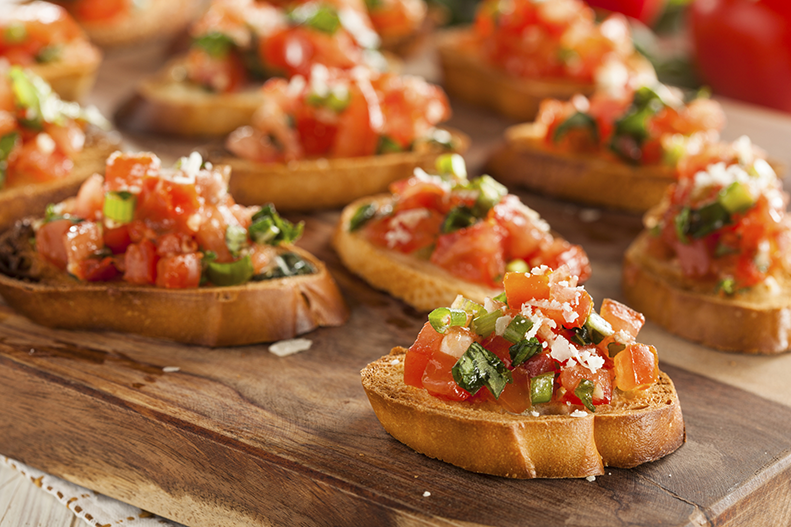Kippington
A small green parrot
I'm impressed! I guessed you used to be a pro from the vid!I'm a home cook, so don't prep nearly as much as real cooks.

I'm impressed! I guessed you used to be a pro from the vid!I'm a home cook, so don't prep nearly as much as real cooks.
It won't slip past me! As a knife maker, it's my job to notice this, plus many other things...Aw man now I'm all self conscious about my grips! I hoped no one would notice...
New business model: send Kipp a video demo of how you hold a knife and cut food. He in turn makes the perfect knife to suit your tastes.It won't slip past me! As a knife maker, it's my job to notice this, plus many other things...
By watching someone in action I can tell what would work for the user in regards to the following: edge profile, spine angle, weight distribution, handle shape and size, machi/neck size, heel height, grind bias, edge thickness... there's probably more, that's just off the top of my head.New business model: send Kipp a video demo of how you hold a knife and cut food. He in turn makes the perfect knife to suit your tastes.
Is that an acid emoji?

Your customers are afraid they’ll be judged and condemned

Yeah, wouldn’t that be a bummer! ’Your knife skills are terrible and you don’t deserve my work! Now go - without soup - and don’t come back!’
what these videos don’t really capture and what I wish I had said was just how nice it makes prep overall. It’s definitely not perfect in terms of food release. But it’s really damn good. The overall thought and execution are really there.
I see this as a single bevel Western kitchen prep knife. It seems like a purpose built tool in the same way that the Japanese single bevel knives are purpose built for specific fish tasks and vegetable tasks. I think if I had more time to get to know this knife and learn how to use it better the performance would look even better. Overall I’m just impressed.
Really it's your fault. The right hand bias rounded and polished choil made every grip comfortable and confused my hand.It won't slip past me! As a knife maker, it's my job to notice this, plus many other things...
By watching someone in action I can tell what would work for the user in regards to the following: edge profile, spine angle, weight distribution, handle shape and size, machi/neck size, heel height, grind bias, edge thickness... there's probably more, that's just off the top of my head.
I've asked a few customers to do it. Precisely zero have actually gone ahead and done it.
You got lured into palm reading! (I would tooOK I'll bite, what would you recommend based on what you saw?
The following all assumes you don't want to change your cutting style, All the changes would be very small/subtle:OK I'll bite, what would you recommend based on what you saw?
The following all assumes you don't want to change your cutting style, All the changes would be very small/subtle:

Is that a Kip correct-handed one?I've always wanted to try this one.


I'd like to point out that even though the two above have exactly the same flat-spot and belly curve (meaning they would behave quite similarly), they appear totally different if described by tip height alone.


The following all assumes you don't want to change your cutting style, All the changes would be very small/subtle:
I would end up shifting the profile slightly towards the CJA style shape for you.
- Your grip is light, relaxed and varied: You want a longer neck length than the passaround
- You don't lock your wrist as much as some people: No taller heel height than the passaround
- You have a good pull stroke, hardly any rock: Less belly, more flat like a santoku
- The height between your elbows and the board is longer than most: Angle spine down, and too short a heel height would be a detriment
- Knowing the balance of the passaround, you seem to do well with neutral-to-tip balanced knives. Lightweight handle
- You use the whole distance along the edge. The areas you use change with the grip: The length seems good
When I do this kind of analysis, it brings up the question - Do I make a knife for the customers existing skills, or do I make a better one for them to develop into...I keep looking at this thread, saying to myself I want one of these knives (not that as a home cook I every prep enough that I really need it), but after seeing that, I want Kippington to make me a knife just to get the analysis.
When I do this kind of analysis, it brings up the question - Do I make a knife for the customers existing skills, or do I make a better one for them to develop into...
I'm currently making two knives for someone that always holds the knife with a finger-point grip and uses the tip to make every cut.
As in 15 liters of perfect mire poix in less than 55 minutes?
The test is 300 entrée portions of bruschetta mix in 90 minutes... but within that time you also have to cook a small breakfast service to order, check and accept the meat and vegetable deliveries, mix and bake the fresh bread for the day...As in 15 liters of perfect mire poix in less than 55 minutes?

Yeah, I can’t work that fast. No way. But I trained under a very competitive chef who had good knife skills. He often talked (well, bragged) about How much mire poix he could cut in an hour. Seeing him work I believed him. His cuts were very even (I could compare it pretty well, since mine were thrown into stock or soup or something).I can do a pretty perfect mire poix - maybe at about a liter or two an hour.....
I would like to be faster, but as a home cook there is little pressure, except for wanting to be done big preps in a shorter time.
Is it too late to retire?The test is 300 entrée portions of bruschetta mix in 90 minutes... but within that time you also have to cook a small breakfast service to order, check and accept the meat and vegetable deliveries, mix and bake the fresh bread for the day...

Enter your email address to join: